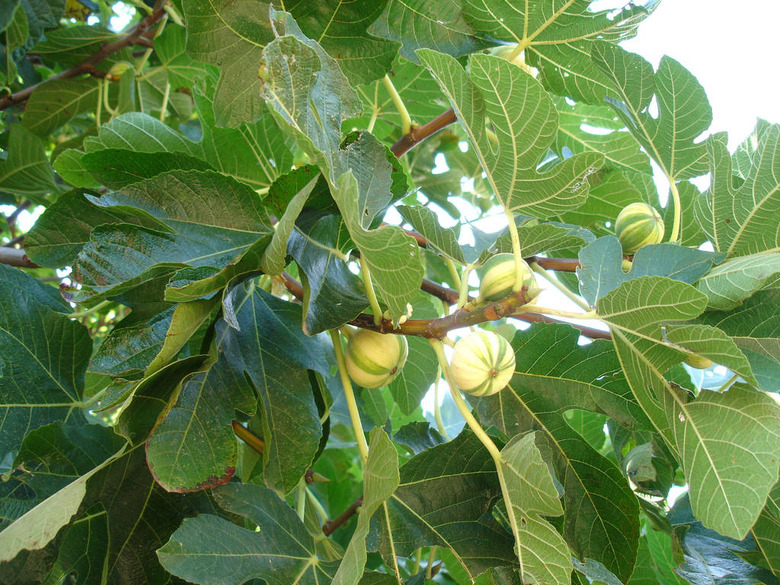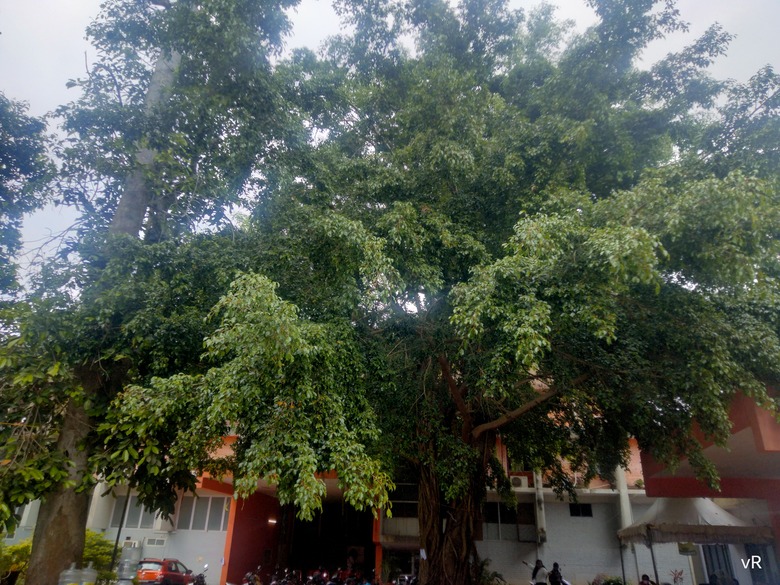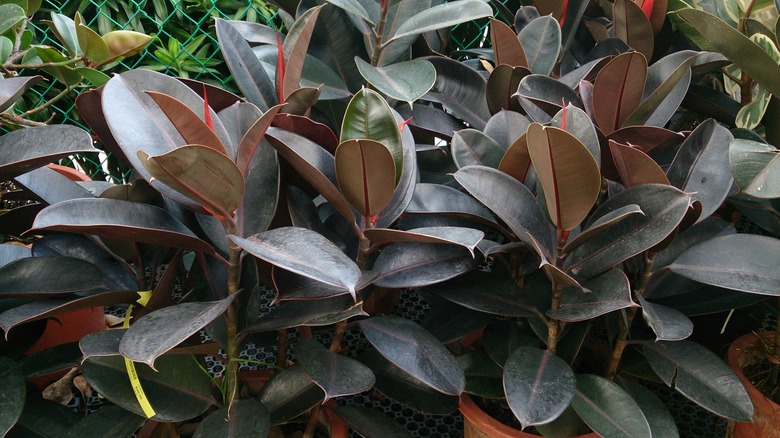The Habitat Of Ficus Trees
Ficus (Ficus spp.) is a genus in the Moraceae family that encompasses about 700 species, some of which grow as broadleaf evergreen trees. Ficus are native to tropical and subtropical regions of the world.
They are hardy in U.S. Department of Agriculture hardiness zones 6 to 12, depending on the species. In cool climates outside of this range, these tropical plants are typically grown as houseplants.
Types of Ficus Trees
Ficus trees grow on many different continents. Let's look at the native ranges of some of the most commonly grown members of this genus.
Tip
Ficus trees grow in tropical and subtropical climates on several continents.
- **Common Fig:** The fig most people are familiar with is the common fig (Ficus carica, zones 6 to 9), which is native to southeastern Europe and western Asia and is grown for its edible fruit. This species requires winter protection in the form of mulch if grown outdoors between USDA hardiness zones 6 to 8. This fig tree has become invasive in some parts of the U.S., however.
- **Weeping Fig:** The native range of the weeping fig (Ficus benjamina, zones 10 to 12) extends from Southeast Asia to northern Australia.
- **Indian Rubber Tree:** A popular houseplant, the Indian rubber tree (Ficus elastica, zones 10 to 12) is native to the jungles of Southeast Asia, including India and Malaysia and the Indonesian islands of Sumatra and Java. In the wild, the rubber plant produces roots above the ground, known as aerial roots. There is a variegated cultivar, 'Variegata.'
- **Fiddle-Leaf Fig:** The common name of the fiddle-leaf fig (Ficus lyrata, zones 10 to 12) refers to the shape of the leaves, which resemble a fiddle or violin. This ficus tree lives in central and western Africa.
- **Chinese Banyan:** Also known as the laurel fig and Indian laurel, the Chinese banyan (Ficus microcarpa, zones 9 to 11) is native to Asia. This species is considered invasive in some places, including Florida.
How Tall Do Ficus Trees Grow?
Ficus trees usually grow much larger in their native habitat than when cultivated elsewhere.
For example, the Indian rubber plant can reach heights between 50 and 100 feet tall in the wild, though it is much smaller when grown as an indoor tree, of course. The weeping fig has heights of up to 50 feet in its native jungle environment.
Growing Ficus Trees Indoors
Many types of ficus trees are grown as houseplants. These trees can also be overwintered inside during the winter months. These plants look their best when they are grown in bright but indirect light.
Tip
Keep indoor ficus plants out of direct sunlight, especially in the afternoon.
Indoor ficus plants are relatively low maintenance, though they should be watered during the growing season. Allow the soil to dry between waterings. Some species, such as the Chinese banyan, grow best when kept in a room with high humidity.
It is important to know that **indoor ficus plants rarely flower or produce fruit.** If you are bringing a ficus plant indoors for the winter after having it outside, leaf drop may occur. These plants may also lose leaves after repotting.
References
- Missouri Botanical Garden: Ficus Benjamina
- Missouri Botanical Garden: Ficus Elastica
- Missouri Botanical Garden: Ficus Lyrata
- Missouri Botanical Garden: Ficus Carica
- University of Florida IFAS Extension: Ficus: Trees and Vines of Florida
- University of Florida IFAS Extension: Ficus Elastica – Rubber Tree
- Clemson Cooperative Extension: Weeping Ficus
- NC State Extension: Ficus microcarpa
- University of Florida IFAS Extension: Center for Aquatic and Invasive Plants – Ficus microcarpa


